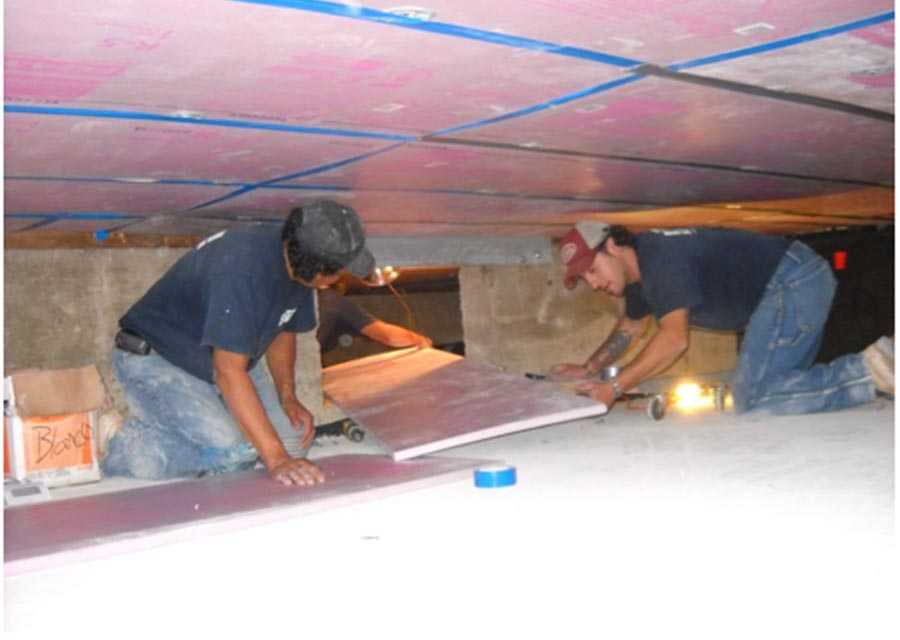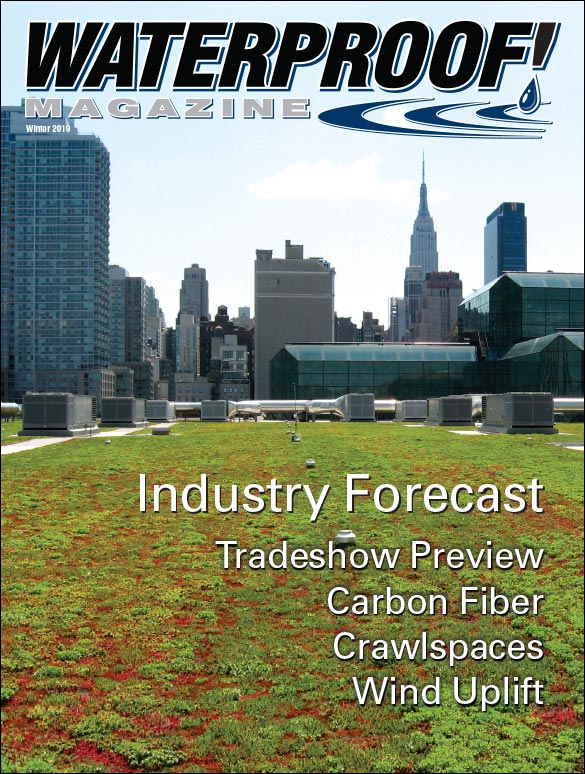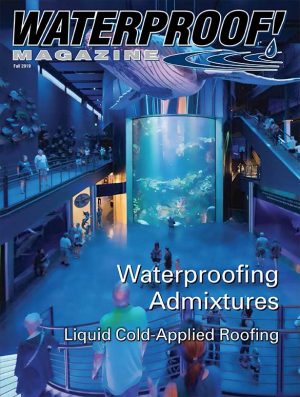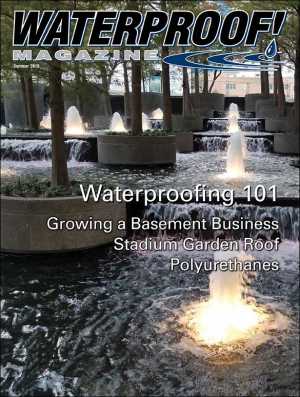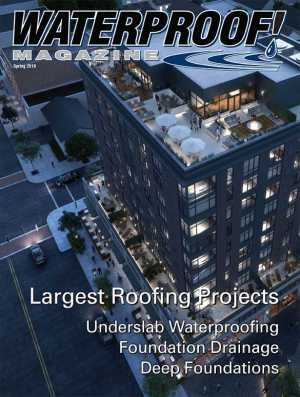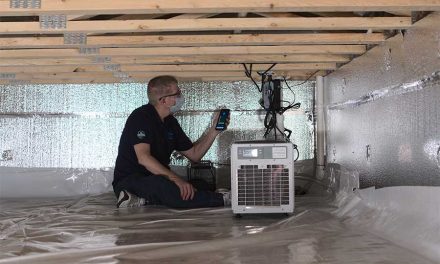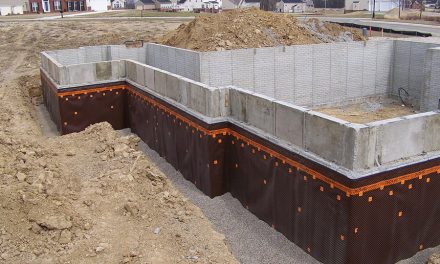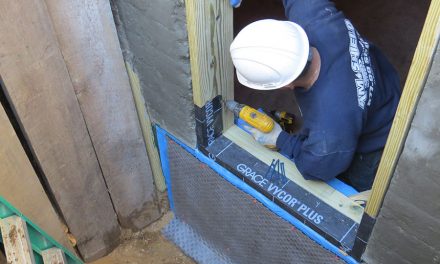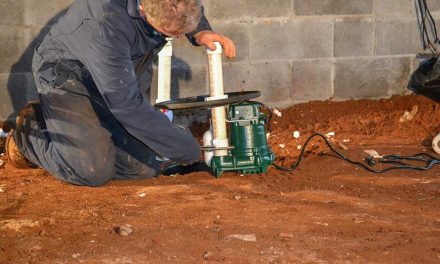By Vincent Boccia
This was not just any crawlspace – it was a crawlspace located within 30 feet of the Great Peconic Bay, on Long Island, New York.
The north fork of the bay is home to the island’s well-known wineries, and its south fork is where New York City dwellers flock during the summer, home of the “happening Hamptons.” The Great Peconic Bay, which divides the North and South, provides a beautiful vista to many luxurious waterfront homes on both forks.
And this was not just any client. He was a close friend who was considering purchasing the one-story waterfront home. But there was a snag; the crawlspace was wet. During my inspection of the crawlspace, I saw standing puddles on the dirt floor everywhere I pointed my flashlight. The walls were wet to the touch. Mold-ridden insulation dangled down from the joists, which explained why the first floor had a musty smell.
The dilemma: this wet and mold-ridden house was situated on a picturesque parcel of land, complete with white sand and a brilliant blue waterfront. My friend sought me out in hopes that I could make the home livable.
After inspecting the crawlspace, I emerged with a solution my friend wanted to hear. I then laid out the steps required to make this crawlspace dry and eliminate the musty odor of the first floor. My general recommendations were as follows:
- Clean out the crawlspace of all old materials—including insulation—and disinfect.
- Install four-inch-diameter polyethylene drainage tubing around the perimeter of the crawlspace, tied into four separate sumps, each with a 1/2 horsepower sump pump.
- Encapsulate the crawlspace by installing a vapor barrier over the foundation wall and over the existing crawlspace floor.
- Install new fiber reinforced concrete floor over the vapor barrier.
My long-time friend and now client went on to purchase the home and promptly hired me to execute all the work I recommended. His investment in the home – and his family’s enjoyment of it – depended on my waterproofing solution.
After an hour-long trip to eastern Long Island, our supervisor opened the Bilco crawlspace entrance door and reported back that the planned work for that day could not be performed. More than two feet of water had filled the three-foot-tall crawlspace!
Having only observed puddles of water during my inspection, this development laid even more pressure on me. I realized, though, that this water was tidal, and tides go out. I instructed the crew to install pumps and wait for the tide to recede.
Then we reverted to the original plan. All traces of organic building material were removed; drainage tubing was installed and connected to four pumps discharging water into shallow drywells (as the groundwater was too high to install deep drywells); a vapor barrier was installed; and a monolithic concrete slab was poured above. At the same time, my friend had contractors working upstairs removing damp building materials and moving forward with mold-resistant construction as I also advised.
Work was completed just in time for the summer vacation season. It’s been ten years now, and the home has seen daily high tides, frequent heavy rainfalls, and even hurricanes, yet the crawlspace has remained dry. The combination of pumps and water-resistant vapor barriers mitigated Mother Nature’s threat to the home and kept the first floor dry and clear of any musty smells.
Some may think it is inevitable that a cottage on the water would have a damp smell to it. That is not the case. Water does not smell. Mold smells. So when we separated the water from the house materials, we were able to prevent the typical musty-smelling house common in waterfront homes.
The house and our friendship have each withstood time, thankfully, as both have been enjoyed in the piece of paradise on the water.
Vincent Boccia has devoted his 40 year career to keeping homes and buildings dry. He is currently vice president at Boccia Inc., a waterproofing company based in Long Island, New York, and can be reached through the company website, www.bocciabros.com.
Winter 2019 Back Issue
$4.95
Trade Show Preview
Drying Out a Waterfront Crawlspace
Waterproofing Industry Forecast
Securing the Roof Membrane Perimeter
Carbon Fiber for Structural Repair
Waterproofing an Airplane Factory
AVAILABLE AS PDF DOWNLOAD ONLY
Description
Description
Additional Info
Additional information
| Magazine Format | Digital Download Magazine, Print Mailed Magazine |
|---|

